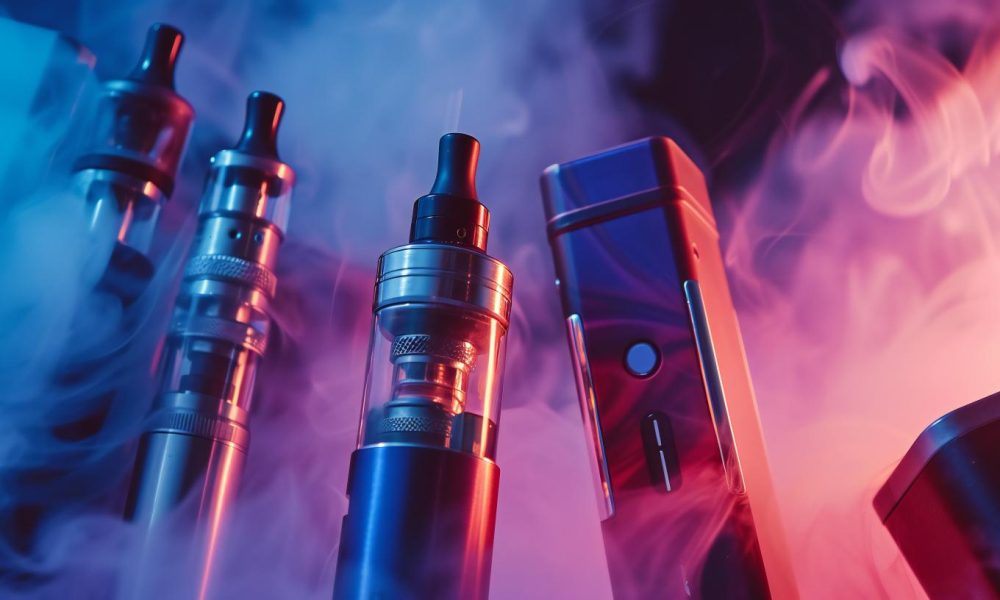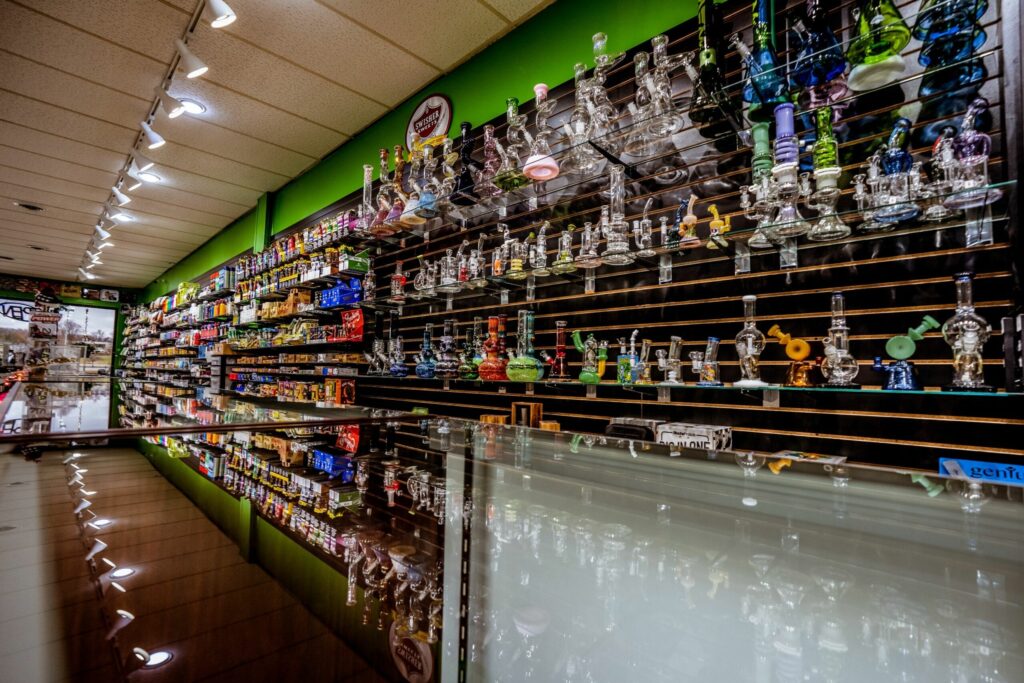Nicotine products have long been associated with tobacco, but advancements in science are changing that narrative. Synthetic nicotine, a lab-created alternative, is gaining attention as a cleaner and more sustainable option. By removing the reliance on tobacco plants, synthetic nicotine offers a new approach to nicotine consumption that prioritizes purity and innovation. But what exactly is synthetic nicotine, how is it made, and why is it becoming so popular? In this blog, we’ll explore these questions and provide a comprehensive look at this emerging alternative.
What Is Synthetic Nicotine?
Synthetic nicotine is a man-made alternative to traditional nicotine. Unlike the nicotine extracted from tobacco plants, synthetic nicotine is produced in a lab, creating a product that doesn’t rely on agriculture or tobacco farming. It replicates the structure and function of natural nicotine without any connection to tobacco plants or their byproducts.
This makes synthetic nicotine a cleaner, more sustainable option for those looking for alternatives to tobacco-derived nicotine. By offering the same effects without the agricultural process, synthetic nicotine has gained significant attention in products like e-liquids, nicotine pouches, and other alternatives.
How Synthetic Nicotine Is Made
Synthetic nicotine is produced through a precise laboratory process that replicates the molecular structure of naturally occurring nicotine. Here’s a breakdown of how synthetic nicotine is made:
- Analyzing Nicotine’s Structure: Scientists study the chemical structure of nicotine to understand its molecular “blueprint.”
- Sourcing Ingredients: Instead of extracting nicotine from tobacco, they use chemicals like ethanol and niacin as the base materials.
- Chemical Reactions: These ingredients undergo chemical reactions that build the nicotine molecule step by step, mimicking its natural form.
- Purification: The newly created synthetic nicotine is purified to remove any unwanted substances, ensuring a high level of purity.
- Testing: Each batch undergoes rigorous testing to confirm it is chemically identical to nicotine derived from tobacco plants.
This laboratory process ensures that synthetic nicotine delivers the same effects as traditional nicotine while remaining entirely free from tobacco.
Why Is Synthetic Nicotine Becoming Popular?
Synthetic nicotine is gaining traction for several reasons:
- Tobacco-Free Option: It doesn’t come from tobacco plants, so it avoids the pesticides and environmental concerns tied to tobacco farming.
- Cleaner and Purified Product: Lab production allows synthetic nicotine to be free from the impurities often found in tobacco-derived nicotine.
- Environmental Benefits: Without the need for land or water for farming, synthetic nicotine is considered more sustainable.
- Regulatory Flexibility: In some regions, synthetic nicotine products have faced fewer restrictions than tobacco-based nicotine. However, this is rapidly changing as regulations catch up.
- Modern Appeal: Many consumers view synthetic nicotine as a progressive, less stigmatized way to consume nicotine.
These advantages make synthetic nicotine a compelling choice for consumers and manufacturers.
Synthetic Nicotine vs. Tobacco-Derived Nicotine
Synthetic nicotine and traditional nicotine have the same chemical structure, but their differences are noteworthy:
- Source: Tobacco-derived nicotine comes from plants, while synthetic nicotine is made entirely in a lab.
- Purity: Synthetic nicotine is often purer, as it avoids the impurities that can come with natural extraction.
- Environmental Impact: Producing synthetic nicotine skips the need for farming, reducing its environmental footprint.
- Regulation: While synthetic nicotine once operated in a regulatory gray area, it is now increasingly subject to stricter rules as its use expands.
Despite these differences, the experience of using synthetic nicotine is virtually identical to that of traditional nicotine.
Where Can You Find Synthetic Nicotine?
Synthetic nicotine is being used in a growing range of products, such as:
- E-Liquids: Many vape companies now use synthetic nicotine in their e-liquids, offering a tobacco-free alternative for consumers.
- Nicotine Pouches: These small, discreet pouches are designed for on-the-go use and rely on synthetic nicotine for their effectiveness.
- Other Nicotine Alternatives: Products like gum, lozenges, and even sprays are incorporating synthetic nicotine to meet the demand for cleaner options.

Is Synthetic Nicotine Safe?
The safety of synthetic nicotine mirrors that of traditional nicotine. Since it’s chemically identical, it carries the same potential risks, including addiction and other side effects.
What sets synthetic nicotine apart is its purity. Unlike nicotine extracted from tobacco, synthetic nicotine doesn’t contain the impurities or harmful chemicals often found in tobacco plants or products. However, it’s still nicotine and should be used responsibly.
The Future of Synthetic Nicotine
Synthetic nicotine represents a major innovation in the world of nicotine products. By removing the need for tobacco plants, it offers a cleaner, more sustainable alternative without sacrificing the nicotine experience.
While synthetic nicotine is free from many of the impurities found in traditional tobacco-based products, it’s still important to approach it responsibly. Its growing popularity and potential for innovation make it an exciting development in nicotine alternatives.





